THE NOIR FILE
By Mike Wilmington
A noir-lover’s schedule of film noirs on cable TV. First up: Friday, June 29, an all-noir day on Turner Classic Movies (TCM). Times: Eastern Standard and Pacific Standard.
Friday, June 29
6 a.m. (3 a.m.): “The Letter” (William Wyler, 1940) Bette Davis, in her Bad Bette mode, strings along Herbert Marshall and James Stephenson (but not Gale Sondergaard) in the ultimate movie version of W. Somerset Maugham’s dark colonial tale of adultery, murder and a revealing letter. Like most of Maugham’s stories, this one was based on fact. Script by Howard Koch.
7:45 a.m. (4:45 a.m.): “High Sierra” (Raoul Walsh, 1941) “The ‘Gotterdammerung’ of the gangster movie,” according to Andrew Sarris. Humphrey Bogart and Ida Lupino (both great) as outlaw lovers in Walsh’s classic noir from the W. R. Burnett novel. Script by Burnett and John Huston; with Arthur Kennedy, Cornel Wilde, Barton MacLane, Joan Leslie, Henry Hull and Henry Travers. If you’ve never seen this one, don’t miss it: the last shot is a killer.
9:30 a.m. (6:30 a.m.): “The Fallen Sparrow” (Richard Wallace, 1943) John Garfield, Maureen O’Hara and Walter Slezak in an anti-Fascist thriller, with a Spanish Civil War backdrop. From the novel by Dorothy B. Hughes (“In a Lonely Place”).
11:15 a.m. (8:15 a.m.): “Johnny Angel” (Edwin L. Marin, 1946) Night-life murder mystery with George Raft, Claire Trevor, Signe Hasso and Hoagy Carmichael. Too plain visually, but a nice script by Steve Fisher and Frank Gruber.
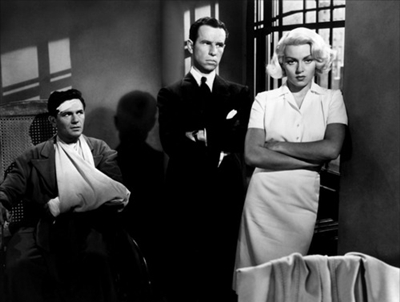
John Garfield, Hume Cronyn and Lana Turner share a tense moment in “The Postman Always Rings Twice,” directed by Tay Garnett.
12:45 p.m. (9:45 a.m.): “Deception” (Irving Rapper, 1946) Bette Davis, Claude Rains and Paul Henreid in a stormy classical music triangle. Script by John Collier (“Evening Primrose”), from Louis Verneuil’s play.
2:45 p.m. (11:45 a.m.): “The Postman Always Rings Twice” (Tay Garnett, 1946) John Garfield and Lana Turner make the screen blaze as the bloody, adulterous lovers in this hot-as-hell, cold-as-ice movie of the steamy James M. Cain classic noir sex-and-murder thriller. With Hume Cronyn, Cecil Kellaway and Leon Ames. Script by Niven Busch.
4:45 p.m. (1:45 p.m.): “Hollow Triumph” (aka “The Scar”) (Steve Sekely, 1948) Crime and psychology and doubles and scars, with two Paul Henreids, Joan Bennett and Eduard Franz. Script by first-rate Brooklyn novelist Daniel Fuchs (“Low Company”).
6:15 p.m. (3:15 p.m.): “The Bribe” (Robert Z. Leonard, 1949) Ace femme fatale Ava Gardner tempts Robert Taylor and Charles Laughton. Script by Marguerite Roberts (“True Grit”), from a Frederick Nebel story.
8 p.m. (5 p.m.): “Woman in Hiding” (Michael Gordon, 1950) Marital tension with Ida Lupino, real-life hubby Howard Duff (as the wry love interest) and bad movie hubby Stephen McNally (the villain). Script by Oscar Saul (“The Helen Morgan Story”).
10 p.m. (7 p.m.): “Julie” (Andrew L. Stone, 1956) Doris Day is terrorized by hubby Louis Jourdan. With Barry Sullivan and Frank Lovejoy. Stone scripted.
12 a.m. (9 p.m.): “The Two Mrs. Carrolls” (Peter Godfrey, 1947) Humphrey Bogart, in Bad Bogie mode, has marriage problems with Barbara Stanwyck and Alexis Smith. Nigel Bruce co-stars; Thomas Job scripted.
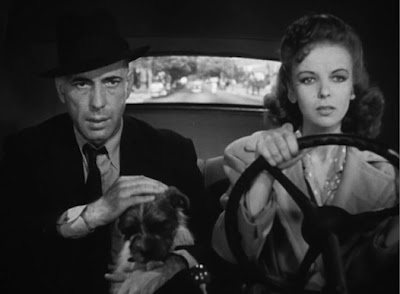
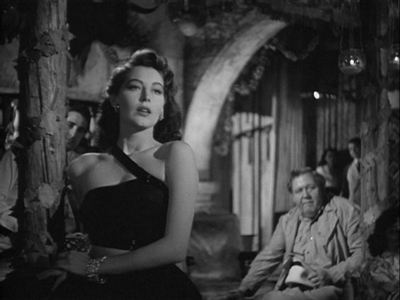





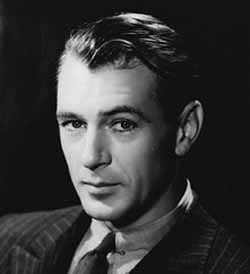
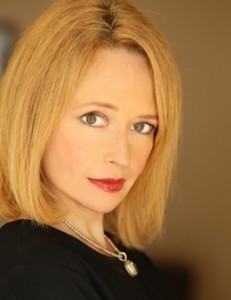
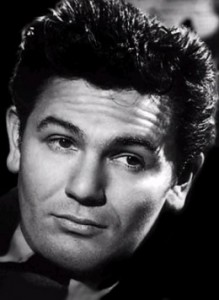
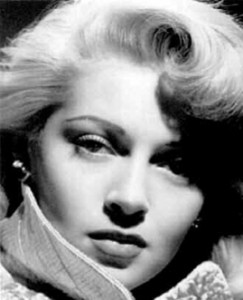
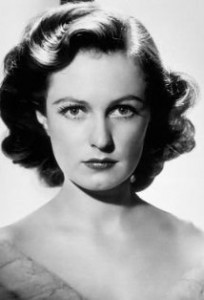
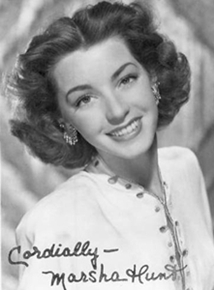
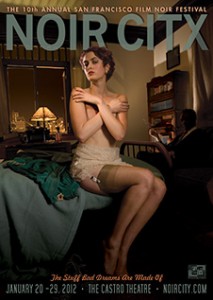
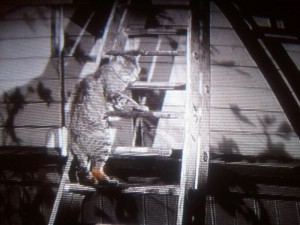
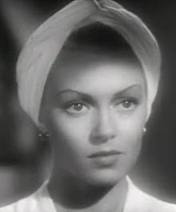
![JOAN_FB_PIC[1]](http://www.filmnoirblonde.com/wp-content/uploads/2011/01/JOAN_FB_PIC11.jpg)
![coty_airspun_face_powder_final[1]](http://www.filmnoirblonde.com/wp-content/uploads/2011/01/coty_airspun_face_powder_final1-300x277.jpg)





From FNB readers